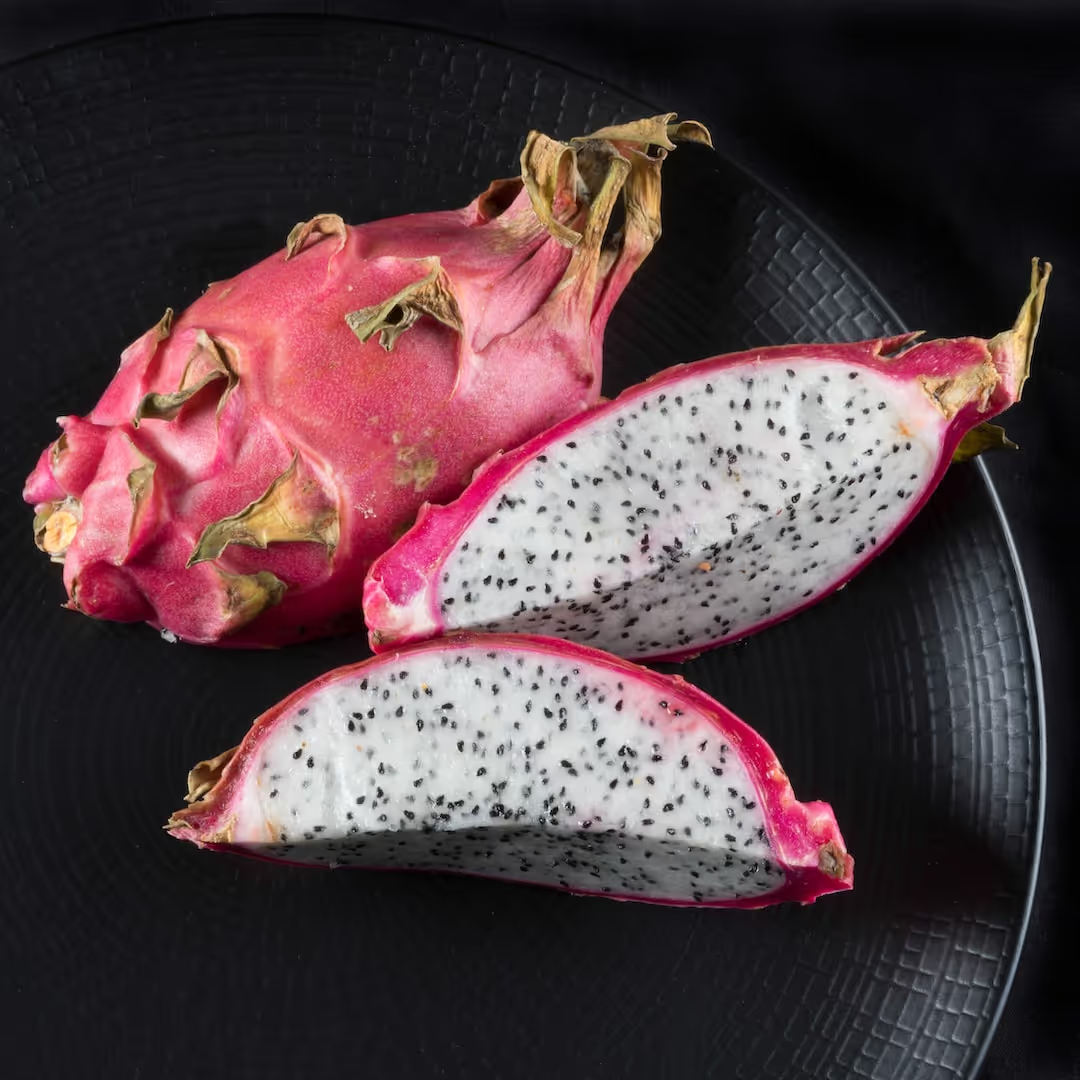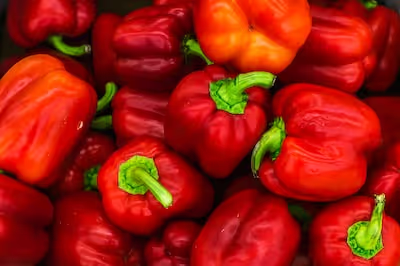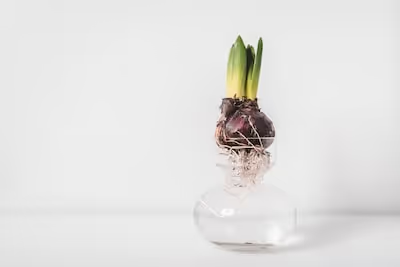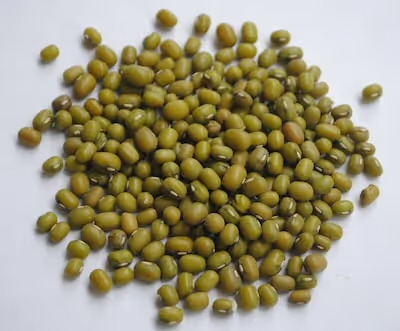Growing Dragon Fruit at Home: Simple Step-by-Step Advice

Growing Dragon Fruit
Growing dragon fruit at home rewards patience with vivid blooms, otherworldly fruits, and the satisfaction of raising an exotic cactus right on the patio. Thriving in pots or garden beds, dragon fruit loves sunlight, warmth, and well-draining soil. Master a few simple steps, and you'll soon pluck vibrant, sweet dragon fruits from your own plant—curious how? Let's get started.
Cheatsheet: Home Dragon Fruit Success Guide
🌱 Choose & Prep
- Select a healthy Hylocereus cutting or starter plant.
- Pick a large (15 gal/60 L) well-draining pot, or sunny ground spot.
- Use cactus soil. Add sand or perlite for drainage.
🌞 Light & Climate
- Sun: 6-8 hr direct light/day.
- Temp: 65–90°F (18–32°C).
- Frost kills: Move indoors below 40°F (4°C).
💧 Water & Feed
- Water: Let soil dry between waterings.
- Fertilize: Every 2 months with low-nitrogen cactus food.
🌵 Support & Prune
- Stake: Use sturdy trellis or post. Vines reach 10 ft+ (3 m+).
- Prune: Remove crowded or damaged stems. Boost airflow.
🌸 Pollinate & Harvest
- Night bloomers: Hand-pollinate if needed (q-tip, brush).
- Harvest: When fruit color deepens, slight softness—usually 30-50 days after bloom.
🛠️ Tools & Products You'll Need
- Dragon fruit cutting/seedling
- Cactus soil mix
- 15 gal/60 L pot or garden bed
- Trellis or post
- Pruning shears
- Fertilizer (low-nitrogen)
- Pollination brush or q-tip
- Gardening gloves
🍈 Nutrition & Benefits
- Rich in fiber, vitamin C, magnesium
- Antioxidants support immune health
- Boosts self-sufficiency—1 plant yields 15-30 fruits/yr
-
Growing Dragon Fruit at Home: Simple Step-by-Step Advice
I grow Growing Dragon Fruit for flavor, for spectacle, and because night blooms feel like a secret party. The plant is an epiphytic cactus, so think climbing, fast, and hungry for light with a strict dislike for wet feet.
Quick specs I trust in my own yard
- Light: 6 to 8 hours full sun, or 30 percent shade cloth in extreme heat.
- Temps: 65 to 95 F or 18 to 35 C, brief dips to 40 F or 4 C tolerated, freezing kills tips.
- Soil pH: 6.0 to 7.0, fast drainage, high organic matter.
- Container: 20 to 30 gallon or 75 to 115 L, with a stout central post.
- Trellis height: 5 to 6.5 ft or 1.5 to 2 m above the pot or soil line.
- Water: deep, infrequent, let top 2 inches or 5 cm dry between irrigations.
- Fertilizer: light and regular, spring to late summer, low chloride.
"Pitaya flowers open at night and may last for a single night, so timely pollination matters." UC Agriculture and Natural Resources
Climate and light that set fruiting in motion
My best fruit came in summers with warm nights and steady sun. In desert heat I use 20 to 40 percent shade cloth at midday to prevent scald on tender arms.
In cool-summer zones, pick the warmest south-facing wall and use reflective mulch. Container plants roll into a garage or sunroom before a cold snap.
Soil and potting mix that drain like a dream
I blend 40 percent high quality compost, 30 percent pine bark fines, 20 percent perlite or pumice, and 10 percent coarse sand. The goal is sponge-like moisture with fast percolation and no perched water.
In ground, I mound beds 8 to 12 inches or 20 to 30 cm high to shed winter rain. I lime lightly only if pH drops below 6.
Step-by-step: from cutting to first fruit
- Choose a variety. For a single-plant setup, pick a self-fertile type like S8 Sugar Dragon or American Beauty.
- Start with a 12 to 18 inch or 30 to 45 cm cutting. Let the cut end callus 3 to 7 days in shade.
- Plant 2 to 3 inches or 5 to 8 cm deep against a sturdy post. Firm in, then water lightly once.
- Train one leader up the post using soft ties. Remove side shoots until it reaches the top.
- Cap the post with a trellis ring or cross and let 3 to 4 arms drape over. This umbrella form triggers flowering.
- Feed lightly every 4 to 6 weeks during active growth. Hold fertilizer in winter.
- Expect first flowers in 6 to 12 months from a mature cutting, slower from seed.
Trellis and training that keep the beast tidy
Dragon fruit climbs, then cascades over a top support where tips set buds. A single 4x4 post set 2 ft or 60 cm deep with a 14 to 18 inch or 35 to 45 cm ring on top works beautifully.
I prune quarterly, taking out tangled, sunburned, or shaded interior growth. Keep 8 to 12 vigorous hanging arms and remove the rest to focus energy.
Water and nutrition without inviting rot
I water deeply, then wait until the top layer dries, which can take 4 days in heat or 10 in cool weather. Constantly wet roots invite trouble.
Fertilizer that works for me: balanced cactus feed or 5-10-10 at quarter strength, plus slow-release pellets in spring. Add magnesium if tips yellow between veins.
"Maintain soil pH 6.0 to 7.0 and avoid prolonged flooded conditions to reduce root diseases." UF/IFAS Extension
Flowering and night pollination
Blooms open at dusk and close by morning. I pollinate between 9 pm and 2 am with a soft brush, a headlamp, and a cup for pollen.
Self-sterile types need pollen from a different cultivar. Cross-pollination often gives bigger fruit even on self-fertile plants.
"In south Florida trials, cross-pollination increased fruit set and fruit weight compared to selfing." UF/IFAS Extension
Harvest timing and storage
From bloom to ripe fruit runs 30 to 40 days for red types and up to 50 days for yellow. Pick when bracts turn from green to pink at the tips and the skin colors fully.
Fruit keeps 7 to 14 days at 45 to 50 F or 7 to 10 C. Store above 41 F or 5 C to avoid chilling injury.
"Harvest typically occurs 30 to 50 days after flowering depending on species and climate." UF/IFAS Extension
Yields you can realistically expect
A mature, well-managed post can give 20 to 60 fruits per season in warm regions. In cooler zones, I see 8 to 25 fruits and lean into cross-pollination to boost set.
Top cultivars for home growers
- S8 Sugar Dragon - self-fertile, magenta flesh, high brix, heavy bloomer on compact growth.
- American Beauty - self-fertile, sweet magenta flesh, reliable in containers.
- Physical Graffiti - superb flavor with cross-pollen, vigorous, needs a partner.
- Dark Star - intense color, often benefits from cross-pollen, strong grower.
- Yellow Megalanthus - small fruit, incredible sweetness, spiny skin, slower but worth the patience.
Container vs in-ground
Containers warm fast and let you dodge frost, which brings earlier blooms for me. In-ground plants grow larger and yield more if your soil drains fast.
I refresh the top 2 inches or 5 cm of potting mix every spring and repot every 2 to 3 years. In ground, I topdress compost twice a year.
Buying guide: plants, cuttings, and gear
- Source from reputable nurseries that label cultivars accurately and provide clean stock.
- Pick thick, green cuttings with no soft spots, 12 inches or 30 cm minimum.
- Grab a 20 to 30 gallon or 75 to 115 L pot, a pressure-treated 4x4, a trellis ring, and soft plant ties.
- Choose low-salt cactus fertilizer, a bag of perlite or pumice, and coarse pine bark fines.
- Optional but handy: 30 percent shade cloth, headlamp, soft paintbrush for night pollination, moisture meter.
Pests, diseases, and how I stay ahead
Ants farm mealybugs and scale on tender ribs. I control ants first, then use horticultural oil in the cool evening.
Snails chew new growth, so I use iron phosphate bait and copper tape on containers. For rot, I prune to improve airflow and stop watering during cool, wet spells.
Common mistakes and quick fixes
- Overwatering: wilted tips with soggy soil means root stress, so pause irrigation and add perlite.
- Too little light: long, pale segments signal shade, so move to sun and prune to stimulate new arms.
- No flowers: your plant needs to top the post and spill over, so train one leader, then let it cascade.
- Poor fruit set: hand pollinate, and add a second cultivar for cross-pollen.
- Sunscald: midday shade in heat waves and avoid pruning that suddenly exposes interior growth.
Advanced tweaks I use for more blooms
Short droughts of 7 to 10 days in late spring can trigger bud initiation, then resume normal water. A bloom booster with higher K helps, but I keep nitrogen modest to avoid rank growth.
Prune right after a harvest flush to push synchronized flowering. I bag a few flowers to compare fruit size with and without open pollination.
Flavor, brix, and kitchen notes
I target 13 to 18 brix for peak sweetness, which tracks with full color and slight give to the touch. Chill fruit before slicing and you get that sorbet-clean bite that spoils you for store fruit.
Frequently asked by growers
Can I grow on a fence. Yes, but fruiting is better on a post with an umbrella head where tips hang freely.
Will it survive frost. Brief light frost cuts tips, and hard frost can kill the plant, so cover or move containers before 32 F or 0 C.
Seed or cutting. Cuttings are faster, true to type, and fruit in a year under good care, while seedlings vary widely.
Credible references I lean on
UF/IFAS Extension publications on pitaya cover home landscape culture, pollination, and storage. UC Agriculture and Natural Resources provides guidance on night-blooming pollination and training for backyard growers.
USDA and university trials report improved fruit set with cross-pollination and stress the need for fast-draining soil. These align with what I see on my posts every summer.
Frequently Asked Questions About Growing Dragon Fruit
What's the ideal spot to position dragon fruit plants?
Dragon fruit plants thrive under full sun exposure. Position these beauties where they can soak in at least six hours of direct sunlight daily. They relish warmth—think sunrooms, bright patios, or south-facing gardens.
How often should dragon fruit plants be watered?
Balance is key. Dragon fruit plants loathe soggy feet. Let the top inch or two of soil dry out thoroughly before watering again—typically, once every 7 to 10 days. Reduce watering frequency during cooler winter months as their thirst wanes.
What soil composition best suits dragon fruit?
These exotic climbers prefer a loose, airy blend. Mix equal parts of cactus mix, perlite, and organic compost to provide ample drainage and nutrients. Heavy, waterlogged soils suffocate roots—avoid these at all costs.
Do dragon fruit plants require support structures?
Absolutely. Dragon fruit grows vigorously upward, winding and twisting toward the heavens. Providing a sturdy trellis or stake system encourages healthy growth, improves airflow, and simplifies harvesting ripe fruits.
When can I expect my dragon fruit plant to bear fruit?
Patience rewards those who cultivate dragon fruit. Generally, these tropical climbers produce fruit within two to three years from planting. Flowers bloom overnight—brief yet spectacular events leading to vibrant, luscious fruit roughly a month later.
How do I fertilize dragon fruit plants effectively?
Feed generously but wisely. Apply an organic, low-nitrogen fertilizer rich in phosphorus and potassium every two to three months during active growing seasons. This promotes robust flowering and abundant fruit production without spurring excessive foliage.
What's the best way to deal with pests affecting dragon fruit plants?
Inspect regularly and intervene early. Aphids, mealybugs, and ants occasionally visit dragon fruit plants. Employ neem oil or insecticidal soap treatments to evict unwanted guests swiftly, keeping your plants pristine and productive.
Growing Dragon Fruit rewards the patient and curious gardener with more than just an exotic harvest. Taming the wild, climbing cactus is about smart choices—well-drained soil, sturdy support, and just the right balance of sun and water. With a sharp eye for pests and a little grit, those waxy blooms eventually turn into neon-bright fruit that tastes like a tropical secret. If you’re ready for another bold flavor, try growing kiwi for a tangy punch. In the end, growing dragon fruit proves that sometimes the most striking things in a garden come from a bit of patience, a lot of sun, and the willingness to try something new.
Pro Tips: Organic Dragon Fruit Cultivation for Maximum Yield
Plant Companion Herbs for Pest Control
- Basil and marigold: Plant near dragon fruit vines to repel aphids and nematodes naturally.
- Citronella grass: Surround dragon fruit beds to deter pests without chemical sprays.
Efficient Pollination Techniques
- Nocturnal hand-pollination: Use a soft brush during early flowering hours (9 pm–6 am) to boost fruit set by up to 30%.
- Fruit bats as natural pollinators: Install bat houses nearby to encourage natural nighttime pollination.
Nutrient-Rich Sustainable Fertilizers
- Fermented fruit juice (FFJ): Spray monthly to stimulate flowering and enhance fruit sweetness.
- Seaweed extract: Apply bi-weekly for improved root vigor and higher fruit production.
- Rabbit manure compost: Rich in nitrogen and phosphorus; apply twice yearly to increase vine growth rate by 20%.
Optimize Water Usage
- Wicking beds: Create small-scale wicking beds to irrigate dragon fruit, reducing water usage by 40%.
- Mulching layers: Cover soil with coconut husks or straw mulch to retain moisture efficiently.
Health Benefits and Nutritional Impact
- Rich antioxidants: Regular dragon fruit consumption can lower inflammation and support immune health.
- Self-sufficient nutrient source: One home-grown fruit contains about 60 calories, 3g fiber, and high vitamin C levels, promoting self-reliance in nutritious food.
Find out which plants will thrive in your garden!
Answer a few fun questions and get custom plant recommendations perfect for your space. Let’s grow something amazing together!

start your season





